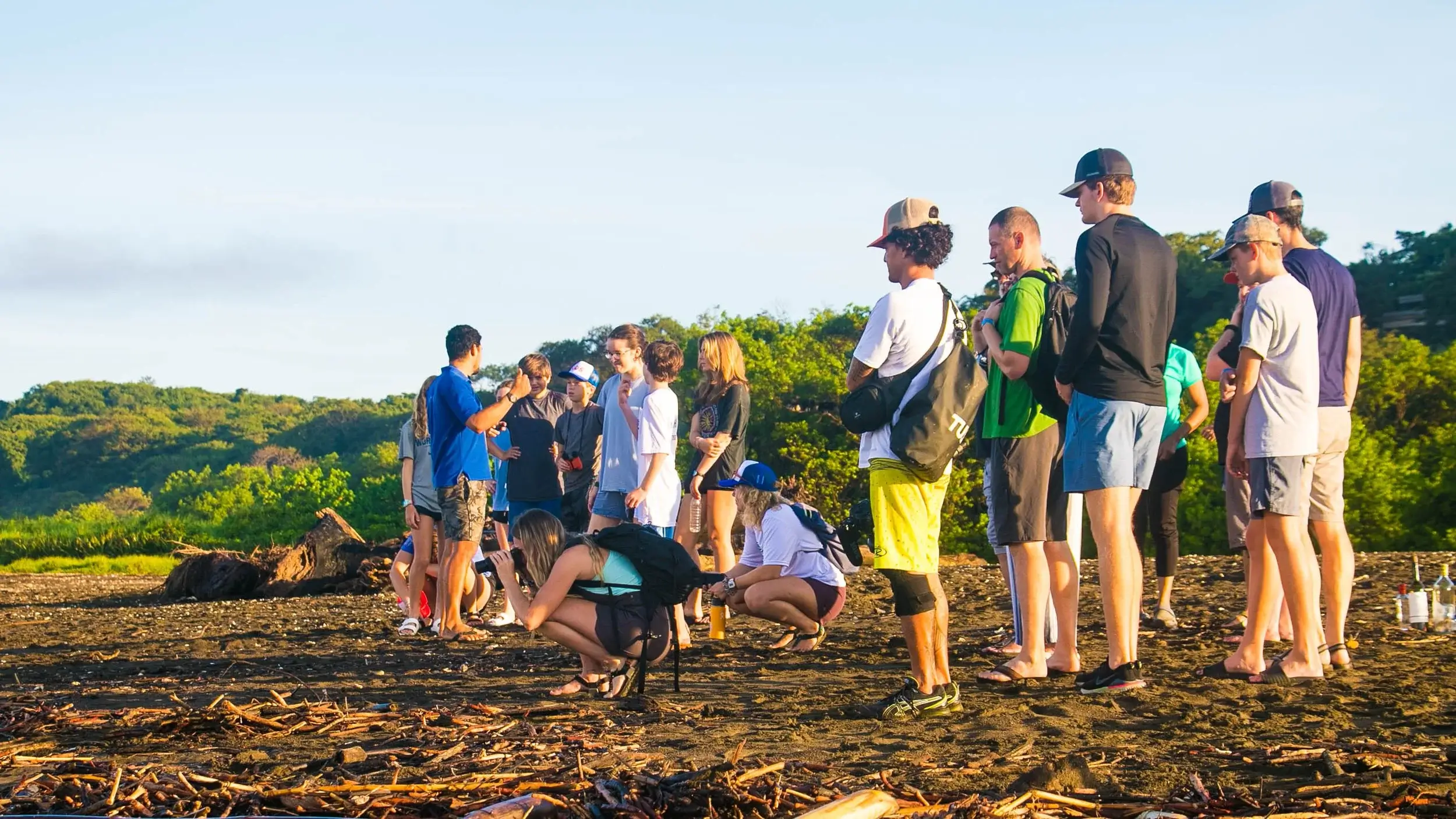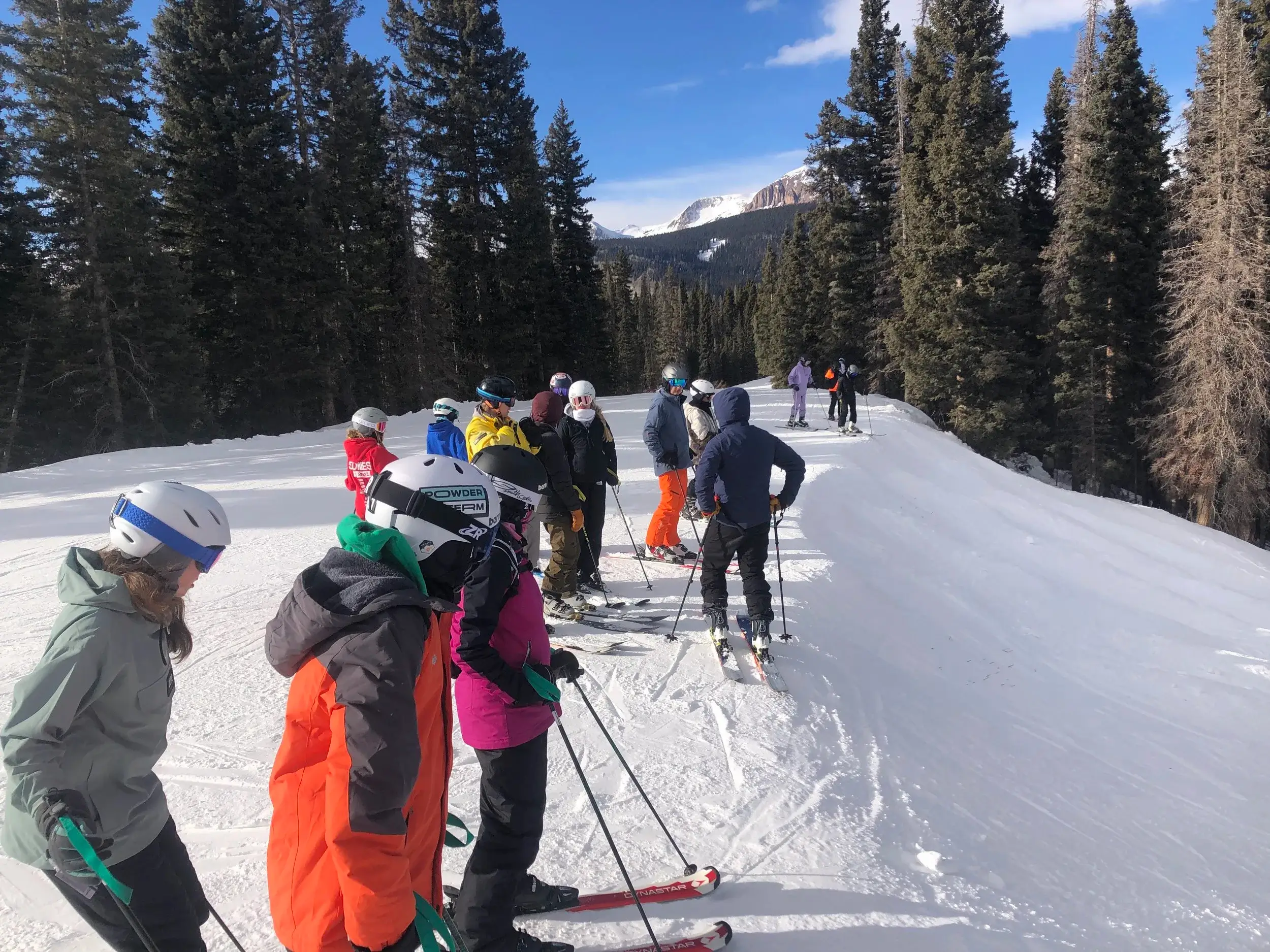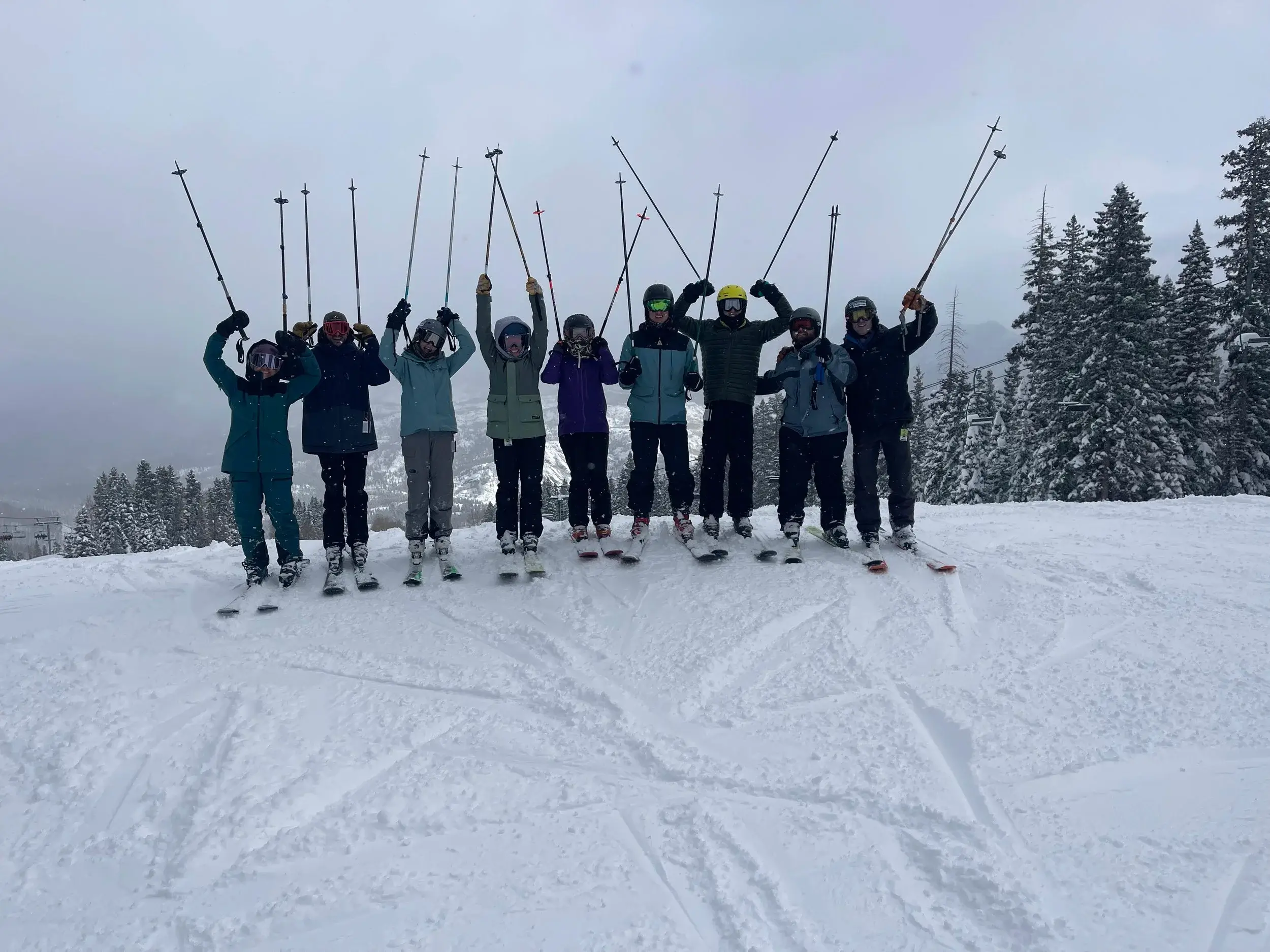What are the greatest risks to preserving great surf spots, reefs, and marine ecosystems?
How do we save surf spots, reefs, and marine life?
How do we create more awareness, effectively educate, and call others to action in order to lead to impactful outcomes?
These are the driving questions for Surf Term 6th-8th graders in one of their two project-based learning units. Living in Nosara, Costa Rica just a minute’s walk from Playa Guiones, the students of Surf Term have easy access to one of the world’s best surf spots. Yet, each time they come to the beach, they are faced with thousands of pieces of microplastics in the sand and stories of how much cleaner the water and vibrant the sea life used to be there.
Are Surfers Part of the Problem or Solution?
Surfing has long-time been a destination sport – and its popularity is only growing. It’s common for surfers to fly across the globe in search of the best wave, and their experiences heavily rely on leveraging support from the local communities. Yet, does this increased attraction support or hinder the local people, creatures, businesses and beaches?
During Project Reef, students work with local experts and surfers to discuss their ideas for keeping beaches like Playa Guiones clean, and communities like Nosara supported.
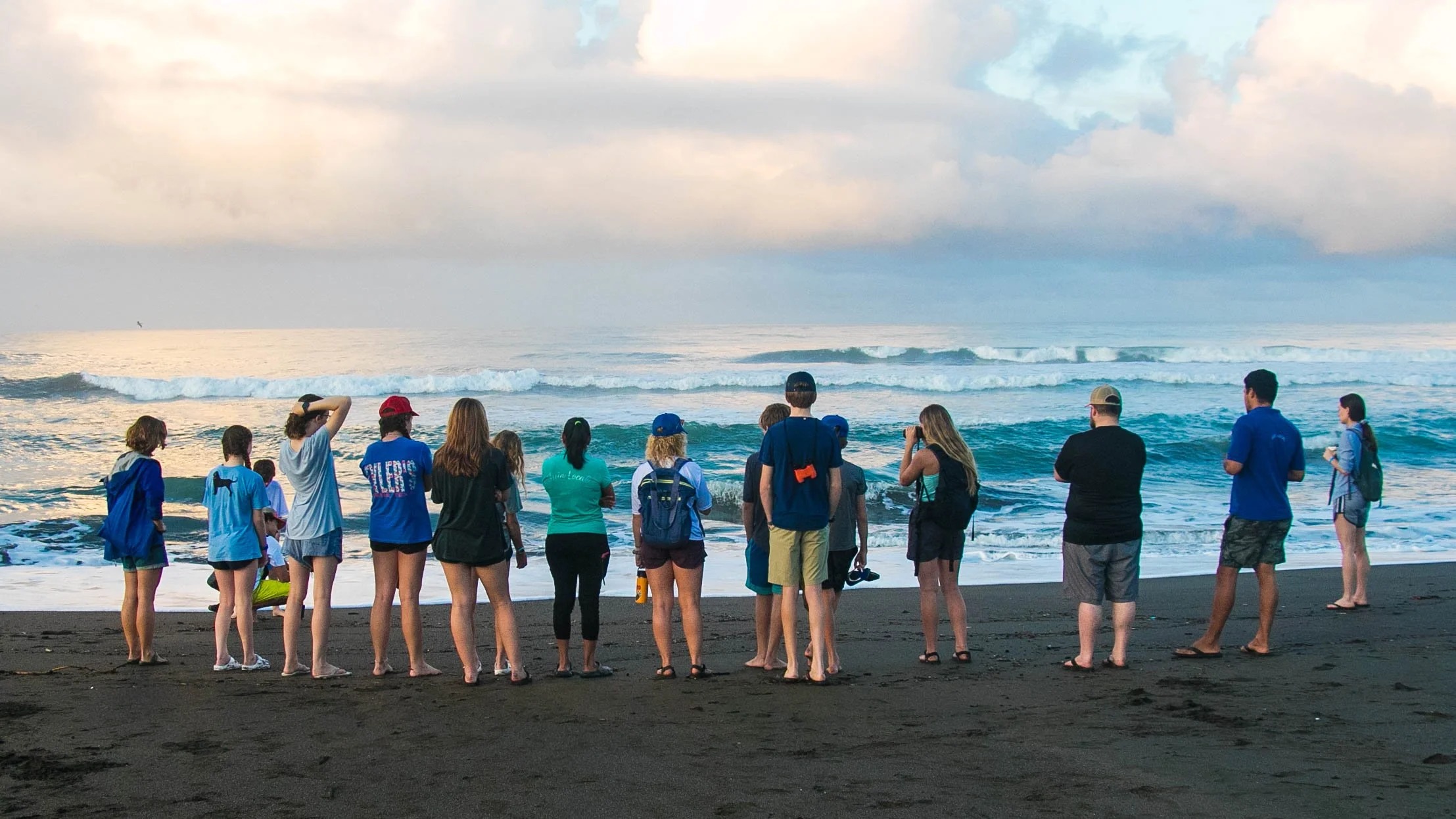
Solution Mindset
The flow of the project moves between “Problem Discovery” to “Solution Creation” with a lot of research, fun, and games along the way. Within the broader question there are three main areas to consider: Surf Spots, Coral Reefs, and Marine Life with a specific anchor for this project being Sea Turtles.
Within these three areas, the students tackle some larger questions such as:
-
What are the greatest risks to great surf spots, reefs, and marine ecosystems?
-
How do we preserve magical places/creatures in nature like surf spots and turtles?
-
How much is a reef worth? Who pays for reef preservation and restoration?
-
How much is a sea turtle worth? Who pays for research and preservation?
Surf Term partners with local organizations to explore the questions above. They also dive into individual research and watch documentaries to support their inquiries.
Surf Term & Conservation
Last year, students collaborated with a local sea turtle expert and their organization Wildlife Conservation Association to learn about different types of sea turtles, and their greatest threats to nesting/life, and partake in various excursions and simulations. They even got to see the Olive Ridley Sea Turtle’s extraordinary nesting habit called “arribada” or “arrival” in Spanish, where large groups of turtles gather offshore of nesting beaches and then, all at once, vast numbers of turtles come ashore and nest!
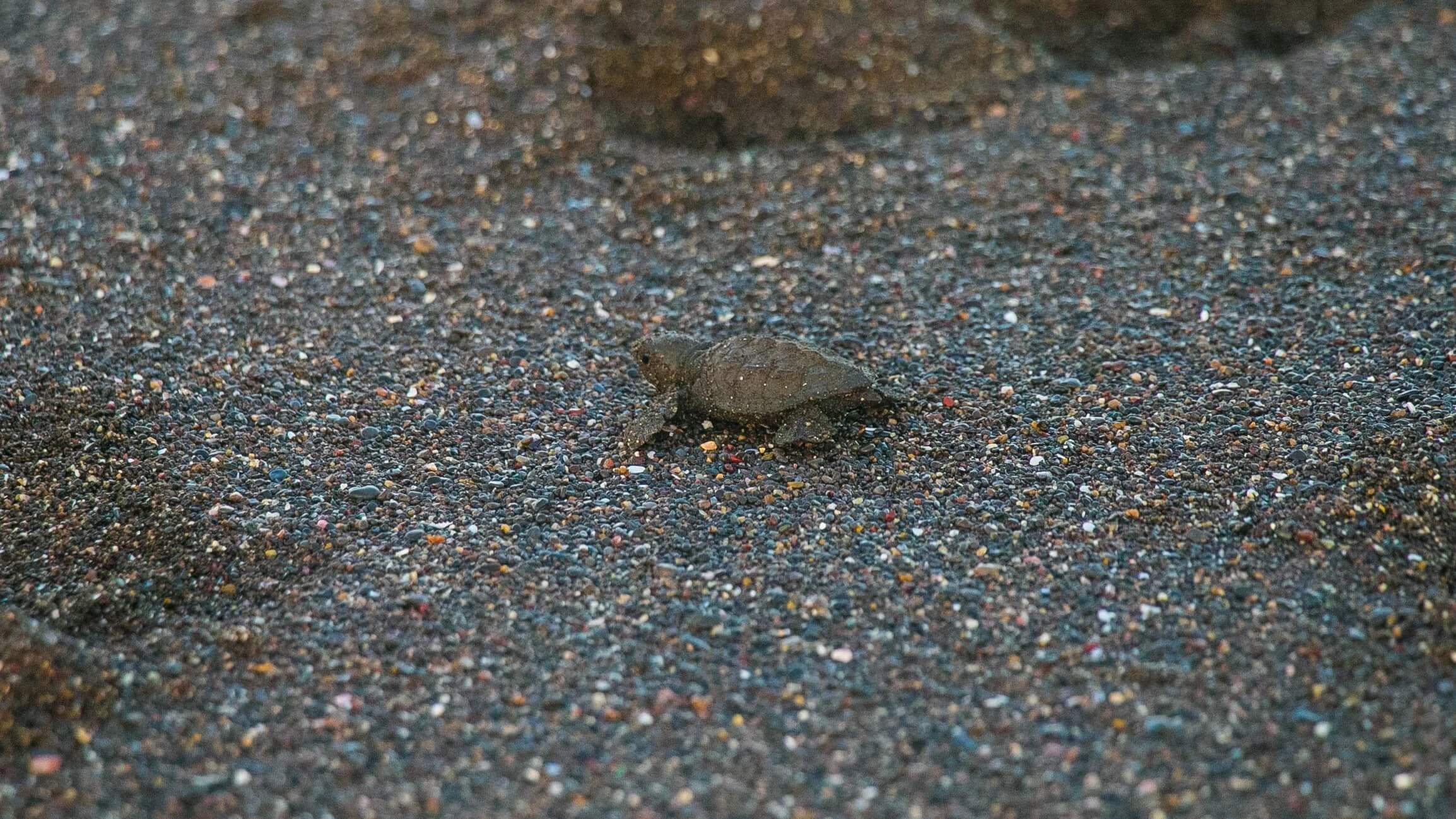
Students also went to the beach one day with a full-size model of an Olive Ridley sea turtle and practiced digging our own nesting holes to simulate and experience what it’s like to dig with a flipper and how challenging it can be to avoid roots and rocks!
Ideas for Change
At the end of Project Reef, students present their “Ideas for Change” to their peers and local experts. Some of these included:
-
Social media campaigns about coral reefs because without healthy oceans, we cannot have a healthy planet.
-
A web page that puts all reef organizations in a central location. This would include resources on how coral reefs affect your everyday life, how the public can help, conservation/restoration programs, and what the root causes are for mass coral extinction.
-
An organization (Surf To Sustainability) that will partner with nonprofit surf organizations and larger brands to raise awareness and money for surf spots affected by tourism.
-
To reduce the number of sea turtles that die in fish nets each year, students proposed fish nets with green LED lights
At Surf Term, students are a part of the solution. They are dreaming of a future that helps tourists reduce their impact and protects its people, land, and creatures.

